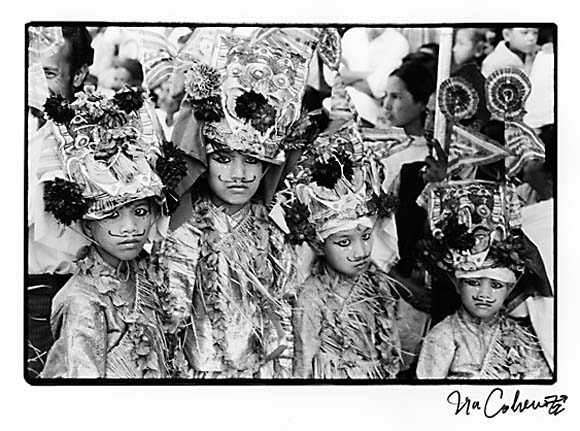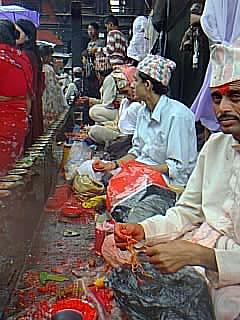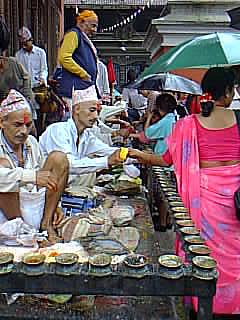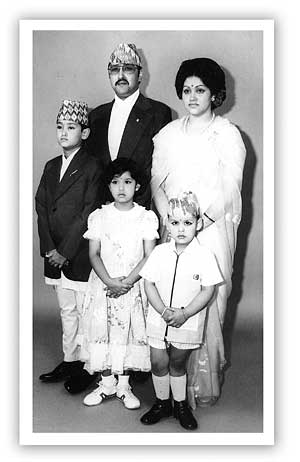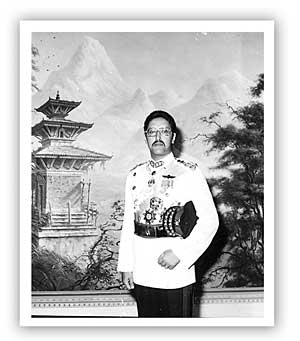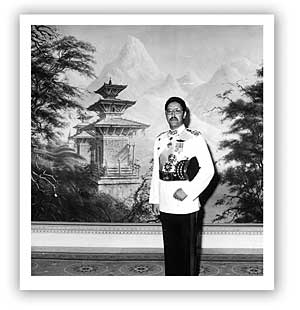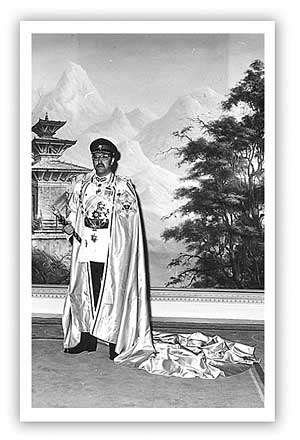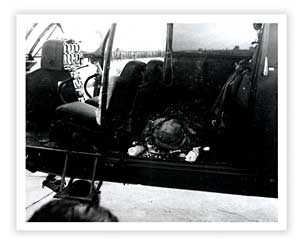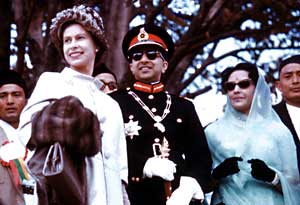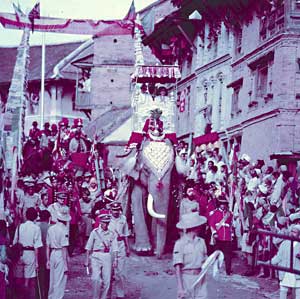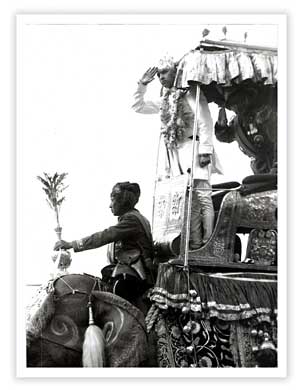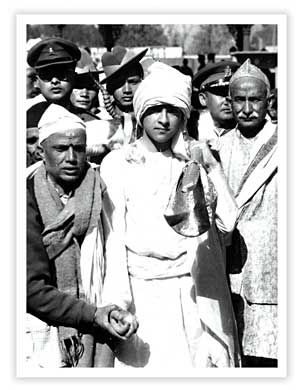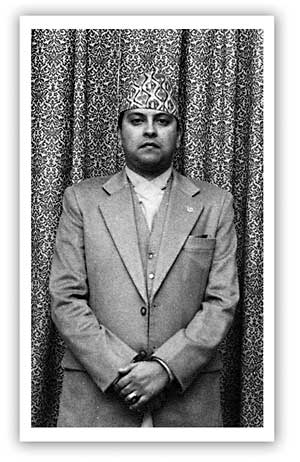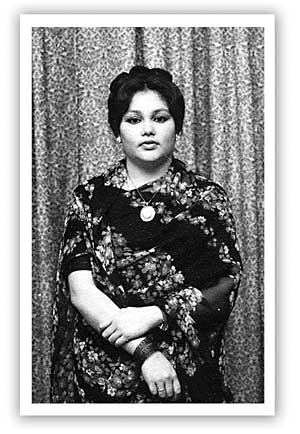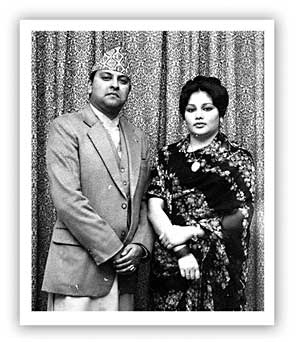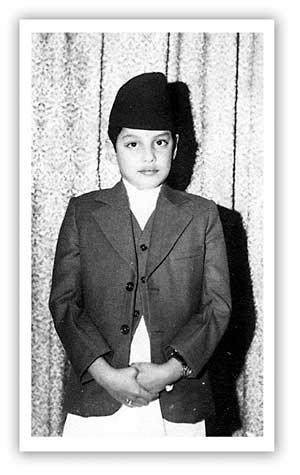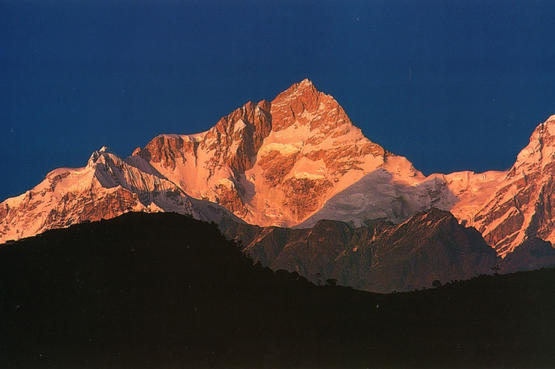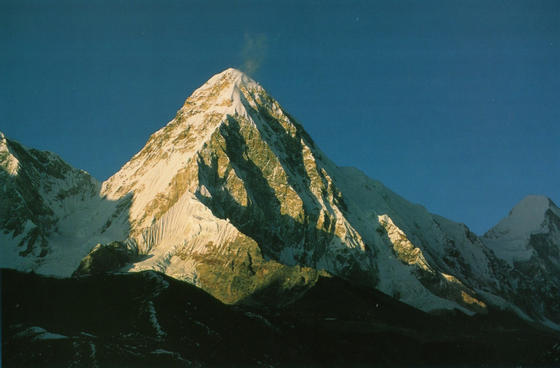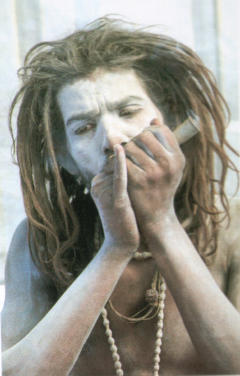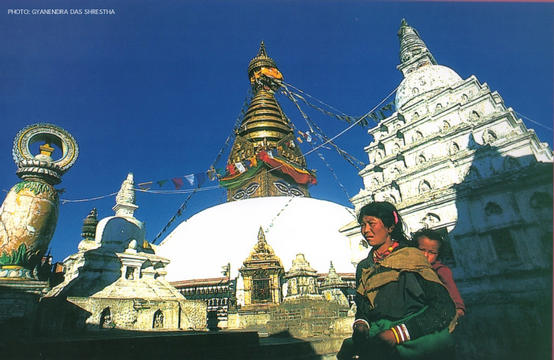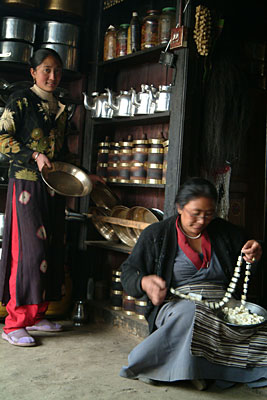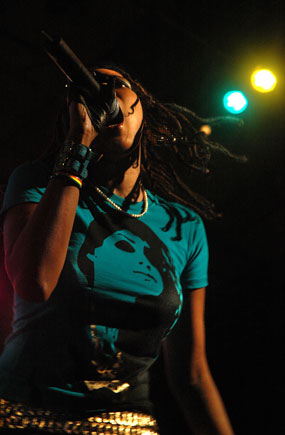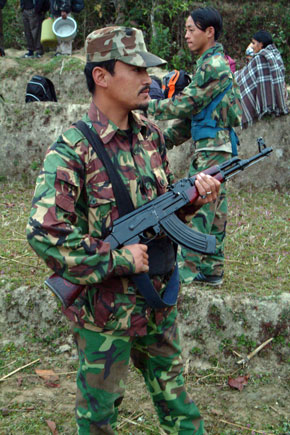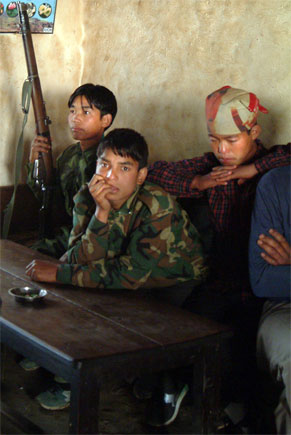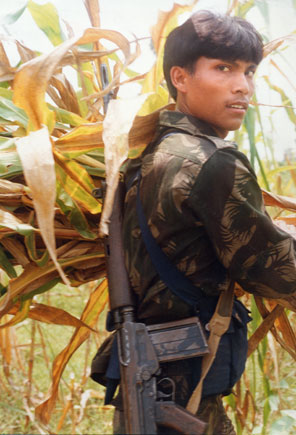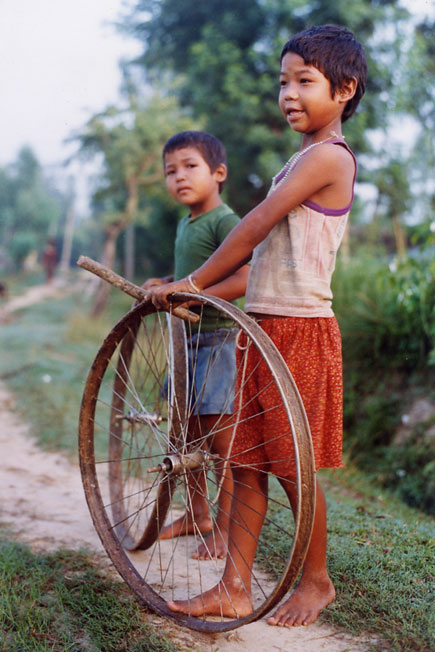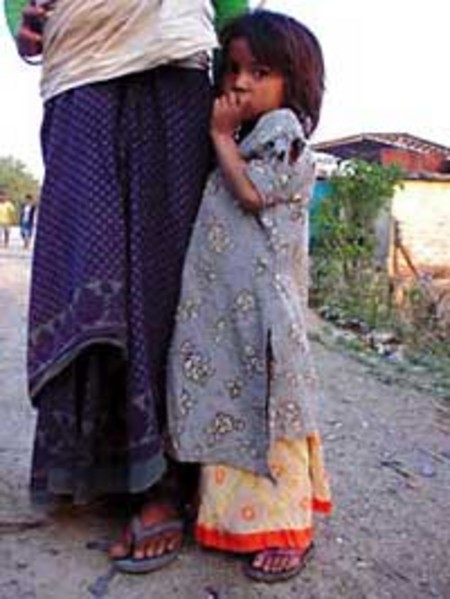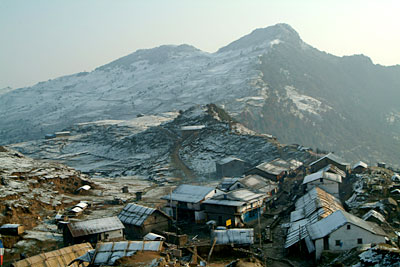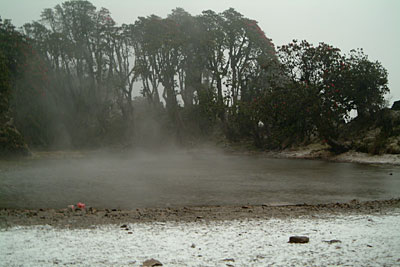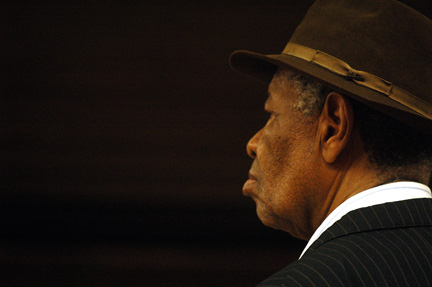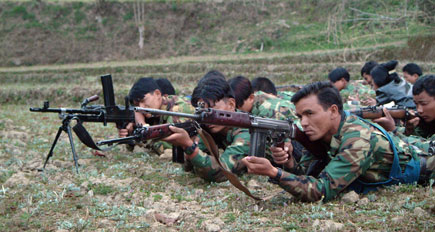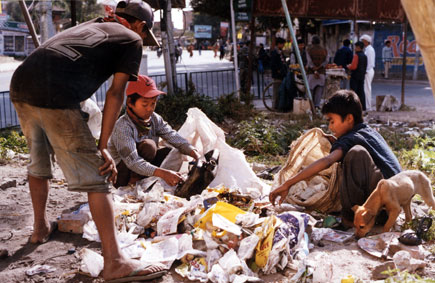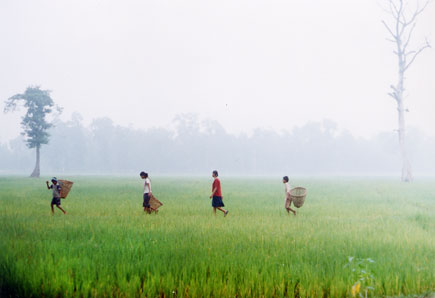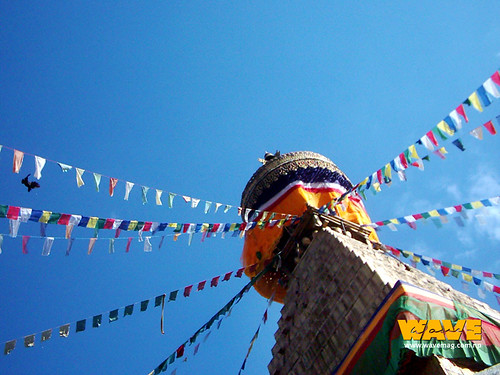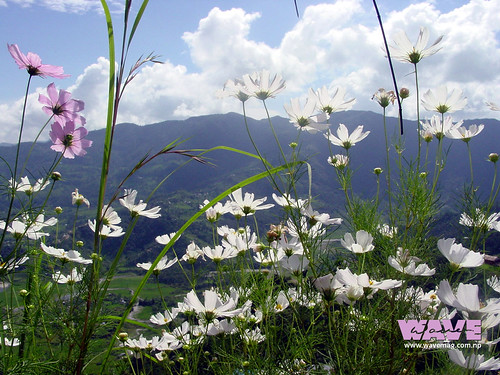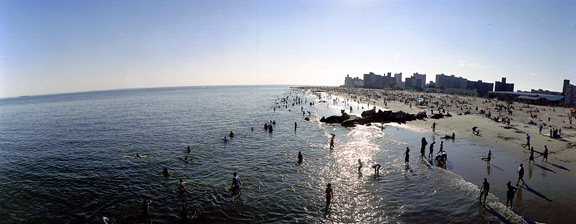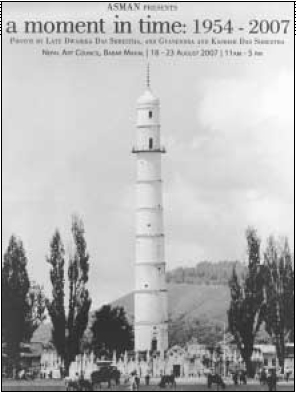 A moment in time 1954-2007, Dharahara, 1959 by Dwarika Das Shrestha
A moment in time 1954-2007, Dharahara, 1959 by Dwarika Das Shrestha
Originally uploaded by NEPALPHOTOGRAPHY.org 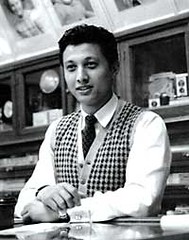 Dwarika Das Shrestha
Dwarika Das Shrestha
Originally uploaded by NEPALPHOTOGRAPHY.org Sometimes a talent is so special and strongly established in a family that its lineage continues for generations. Perhaps renowned photographer late Dwarika Das Shrestha, who set up the well-known Das Photo Store (till 2004) in Kathmandu, would be happy that the passion which ran in his blood equally infects his son and grandson, and perhaps others yet to come.
Photography as a profession in the ‘Das’ family dates back to four generations, with the foundation of Das Studio in Darjeeling by Dwarika’s father Thakur Das Shrestha/Pradhan in 1927, who migrated there from Kathmandu. Dwarika returned to Kathmandu strongly inspired in photography by his father. And the legacy of this master photographer survives in his son, Gyanendra Das Shrestha and grandson, Kashish Das Shrestha.
Gyanendra attributes his interest in photography to the environment he blossomed in. “My father always took me along when he travelled to take photos. He also gifted me my first camera,” he shares. “During a picnic in school, I clicked photos and my friends unexpectedly paid me for the photos. This was when I saw the commercial side of photography,” explains Gyanendra. He has since maintained a more commercial side to photography than his father, who preferred the documentary style.
“In this sense, I am closer to my grandfather as my photos are more journalistic,” says 25-year-old Kashish whose romance with photography began after he took up journalism in 1999. He has been a successful RJ, journalist, photographer and events manager. Two of Kashish’s photos were also selected for the recently released photo-book A People War: Images of Nepal in Conflict 1996-2006.
Dwarika captured images of people, landscapes and culture mostly in black-and-white using his favourite cameras Hasselblad, Linhof, Leica and Nikon. However, he also experimented with slides and colour photos. While he gained a good reputation for his highly circulated photos of the royal family, he had also photographed BP Koirala when he came to Chabahil, Kathmandu and distributed it among the democratic forces, which was considered illegal at that time. “This reveals he was a democrat at heart,” Gyanendra says with a proud smile. “He has left behind a rich legacy of photos,” he adds.
At the young age of 18, Gyanendra won The Koishikawa Rotary Prize at the annual international photo contest organised in 1976 in Japan by the Asia/Pacific Culture Centre for UNESCO (ACCU), and he won a prize again from ACCU in another category in 1978. Gyanendra’s photos have also been widely used, by the Nepal Tour-ism Board and various travel trade magazines.
For Dwarika and his near and dear ones, this August 18 will be a special day, as it will see the late master’s first photo exhibition, along with the photos taken by his son Gyanendra and grandson Kashish. Entitled ‘a moment in time: 1954-2007,’ the exhibition will be held at the Nepal Art Council, Babermahal from August 18-23 on the occasion of late Dwarika’s 75th birth anniversary.
“I’m excited as my grandfather and I had planned an exhibition just days before he passed away in April 2004,” shares Kashish.
The event, to be inaugurated by British Ambassador Andrew Hall, is being organised by the Association of Saint Mary’s Alumnae Nepal (ASMAN), and comprises photos of Kathmandu, Bhaktapur, Patan, Darjeeling and Ladakh from the 1950s to the present day. The photos will be auctioned and 25 per cent of the proceeds will go to ASMAN Art Fund for various art-related charity activities.
EXHIBITION INFOA Moment in Time: 1954-2007 is an exhibition of selected images taken by one of Nepal's pioneering photographers, Late
Dwarika Das Shreshta, who established the Das Photo Store in Kathmandu in the 1960s. The images will span five decades in time and take you from Kathmandu to Ladak. His son,
Gyanendra, and grandson,
Kashish, too will exhibit some of their works at the event.
A Moment in Time:1954-2007 is organized by Asman and supported by Photo Concert, B&N and Nepali Times. The exhibition will be held at the Nepal Art Council gallery in Baber Mahal, Kathmandu from 18-22 August, 11AM to 5PM. For deatils:
Kashish # 2324495
